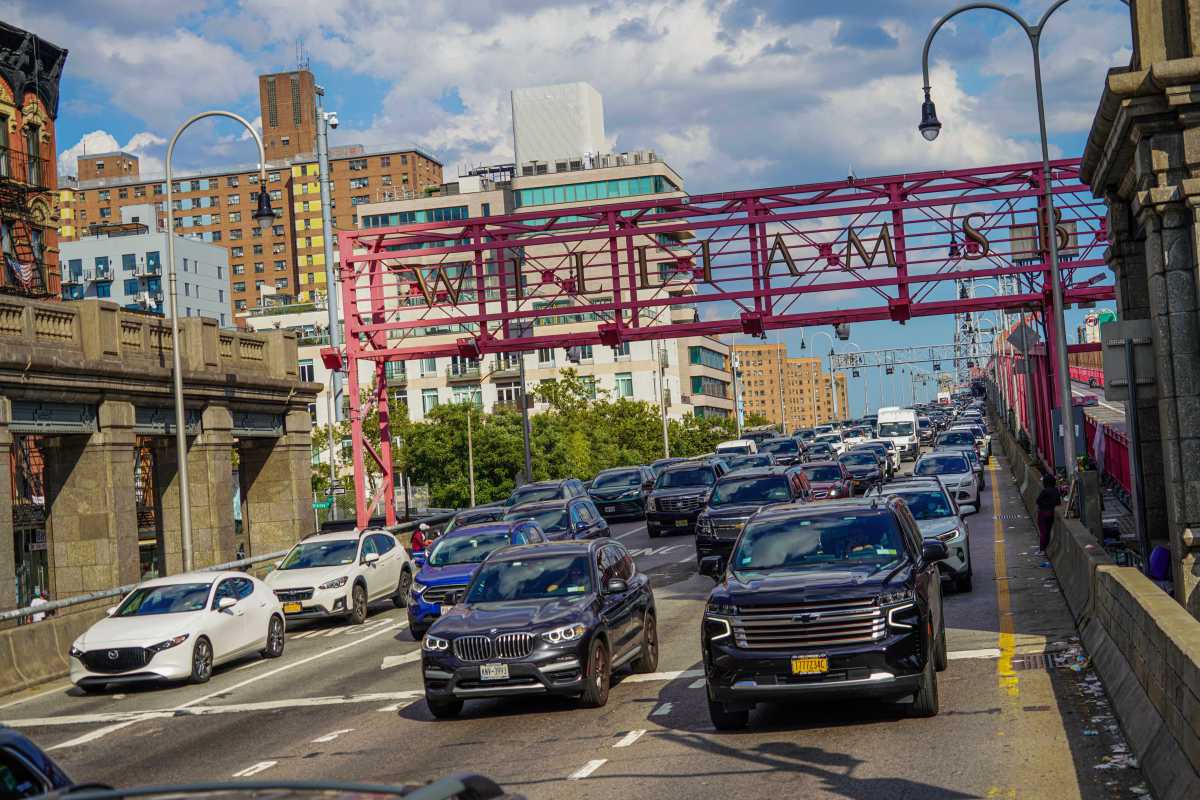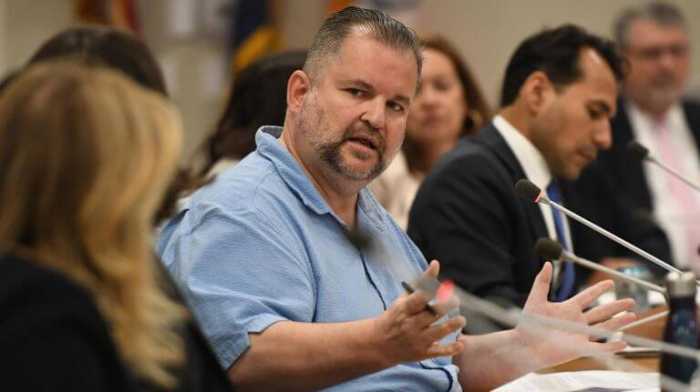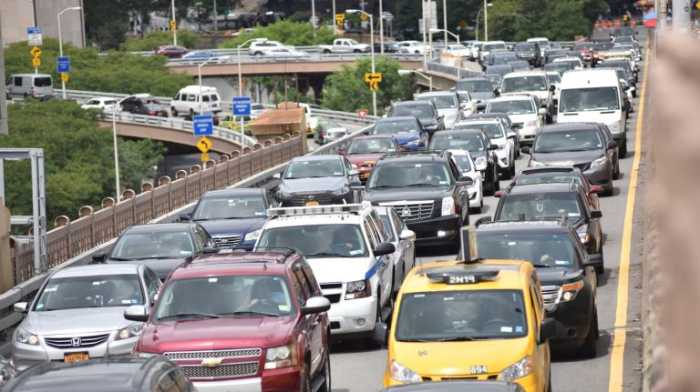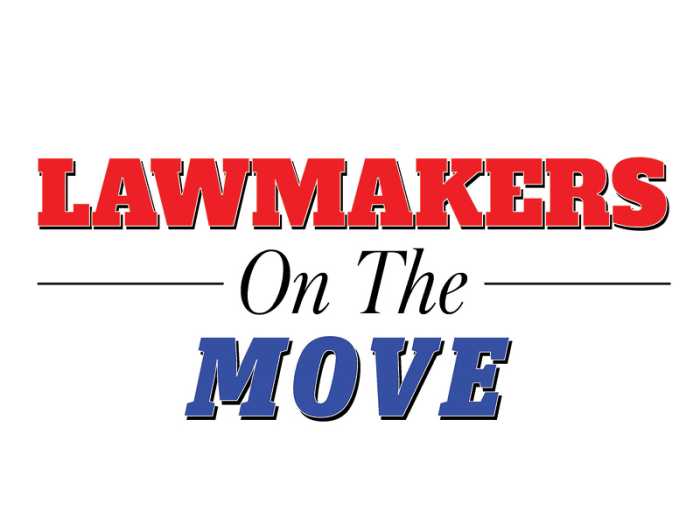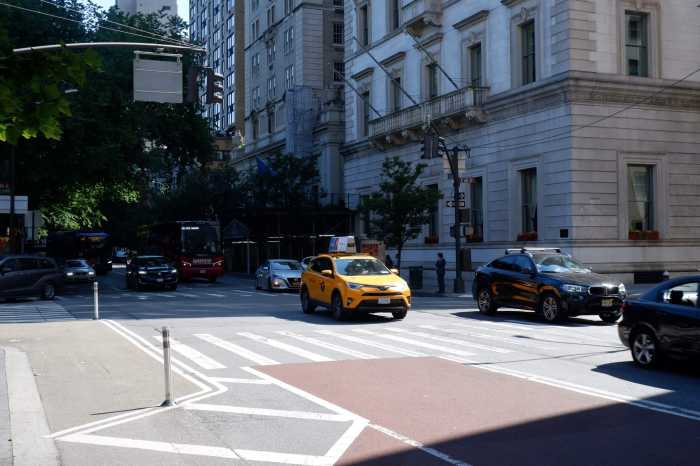Congestion pricing has been discussed in the abstract sense for years now. We can all agree that increasing the number of people using public transit, and reducing vehicle traffic and greenhouse gas emissions are worthy goals. And who wouldn’t want to help find billions of dollars for the MTA to invest in capital projects that will improve our region’s transportation infrastructure?
But with all proposals, the devil is in the details. Over the past few weeks, we’ve seen what congestion pricing would potentially look like. It would be wise for the MTA and our federal and state leaders to pump the breaks until we have fully assessed how this will affect small businesses and consumers.
Businesses throughout the region use commercial vehicles to support their activities. The City estimates that almost 90 percent of goods transported into the five boroughs each day arrive on trucks. This includes not only large trucking companies, but also small businesses who deliver their own goods and services.
If you visit supermarkets, bodegas and restaurants in midtown Manhattan, you’ll find bread baked in Bayside and coffee roasted in Astoria. Office and apartment buildings located in the central business district rely on plumbers, electricians, elevator repair technicians and other tradespeople who commute into the city with tools and equipment too cumbersome or impossible to take on the 7 train.
Under congestion pricing, these small businesses would be forced to pay a fare – which could be as high as $82 per day – to drive over the bridge into Manhattan. Some of these small businesses make multiple trips in and out daily, only increasing the cost per day. This additional cost would undoubtedly be passed on to consumers who are already struggling to make ends meet due to inflation. Or worse, we would be driving the very businesses we need to create jobs and generate tax revenue to relocate to a more business-friendly locale, or close for good.
Consumer prices rose 9.1 percent in the year that ended in June. This represents the largest increase in forty years. If we were to implement congestion pricing, families already struggling to deal with inflation would see their bills skyrocket even further.
New Jersey Governor Phil Murphy has made it known that he opposes increased fares on drivers coming from the Garden State, and has said he would be willing to leverage his influence to drag out work at the Port Authority of New York and New Jersey to protect his constituents. A deal that favors Jersey drivers would put small business owners in the outer boroughs, Westchester and Long Island at a competitive disadvantage by forcing them to pay a fare that firms in New Jersey can avoid.
Mayor Adams has rightly made encouraging people to return to their offices a top priority for his administration. Our economy will never fully recover from the pandemic until our central business district is once again thriving. But by driving up the price of dining and shopping, congestion pricing would make the trip into Manhattan more expensive, even for people willing to leave their car at home and take public transit. This isn’t the way to encourage visitors to spend their money in our city.
Now is not the time to move forward with any plans that would burden small businesses and pass on additional costs to consumers. Someone should pull the emergency break, and bring plans to implement congestion pricing to a screeching halt unless and until accommodations for small businesses can be implemented.
Tom Grech is the President and CEO of the Queens Chamber of Commerce.



